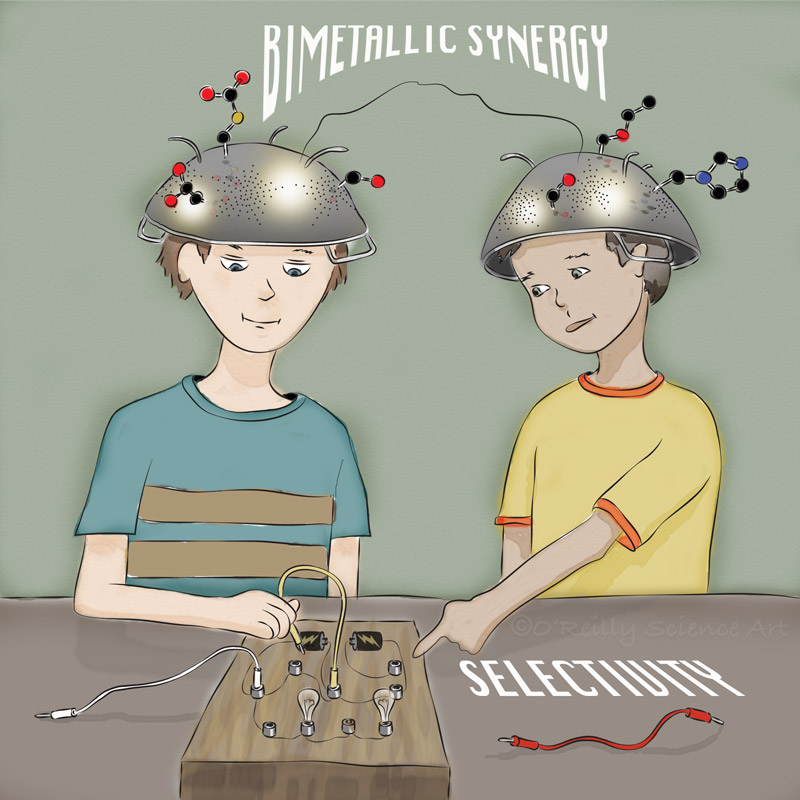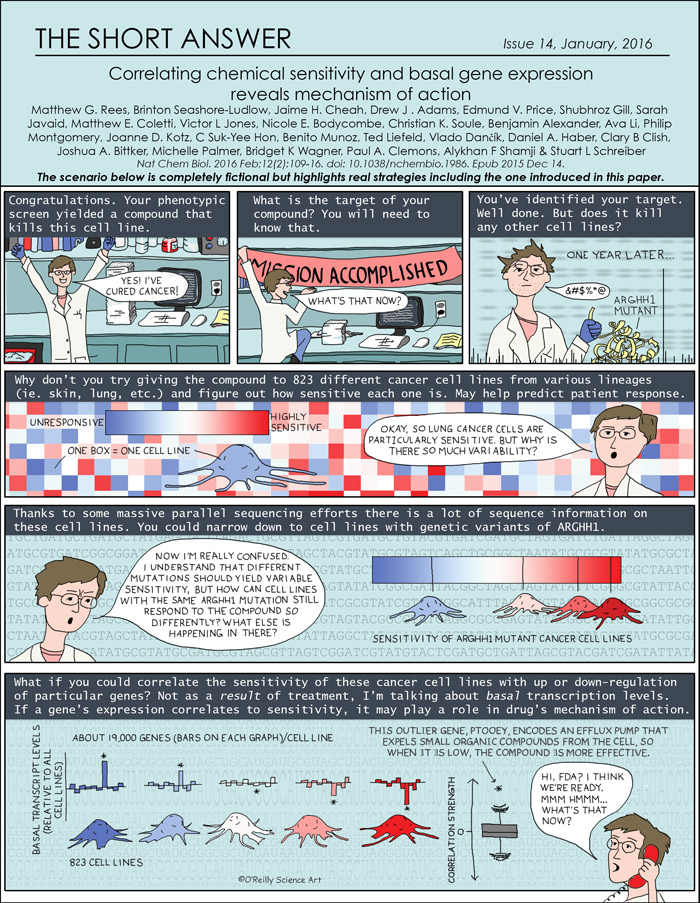I am excited to report that after two years of doing The Short Answer for my own amusement, I have been commissioned to do some paid science comics for the publisher Taylor and Francis, which has recently been producing cartoon abstracts. You can check them out HERE. I learned about them while browsing the expo at the ACS meeting in March. When I saw them displayed at the T&F booth I almost fell over myself to grab one and interrogate the poor representative in spewed sentence fragments "What is? Who does? I do this!!" She was very kind and asked for my card which I did not really expect to make it all the way back to the UK. But a few weeks ago I was contacted by them and here we are. I can't show any yet but I do have a few in the works.
This opportunity couldn't have come at a better time because I just splurged on an iPad Pro and Apple pencil and have been eager for drawing-heavy projects. This new set-up has completely streamlined my process, no longer archaically scanning pencil sketches and then painstakingly tracing them with a mouse. However, finding myself rather gnarled after finishing the first comic I realized that I needed some ergonomic improvements. After a frustratingly long search for something to prop up the iPad, I threw up my hands, closed all of the browser tabs with $60 stands, and went to my bookshelf. I placed Linus Pauling's General Chemistry textbook (© 1947) within the pages of a larger coffee table book, A Life in Illustration (by Gestalten), with some post-it note pads tucked in to protect the pages. The drawing angle was perfect. Then it was just a matter of some tacky (as in slightly sticky, not garish) foam paper and a binder clip. It's not a permanent solution but I'm not convinced that a $60 stand will be any better. To try it out I did a scribble sketch (below), wherein you start with a random scribble, decide what it looks like, and then finish it in 10 minutes or less. Kind of like a Rorschach Test (but don't read anything into mine) turned drawing assignment. By the way this is a really fun way to draw with little kids. I don't dare touch my 4-year old's drawings - he can do this exercise himself, but my 1-year old is still delighted when I turn his scribbles into dinosaurs and such.
![Angew Chem Int Ed Engl. 2016 Dec 9. doi: 10.1002/anie.201608880. [Epub ahead of print]Multiparameter Particle Display (MPPD): A Quantitative Screening Method for the Discovery of Highly Specific Aptamers.Wang J, Yu J, Yang Q, McD…](https://images.squarespace-cdn.com/content/v1/50f8f68fe4b0df5f0985b8b8/1483655757819-G33ZRKRJWW6EPBYSPHQR/image-asset.jpeg)
























